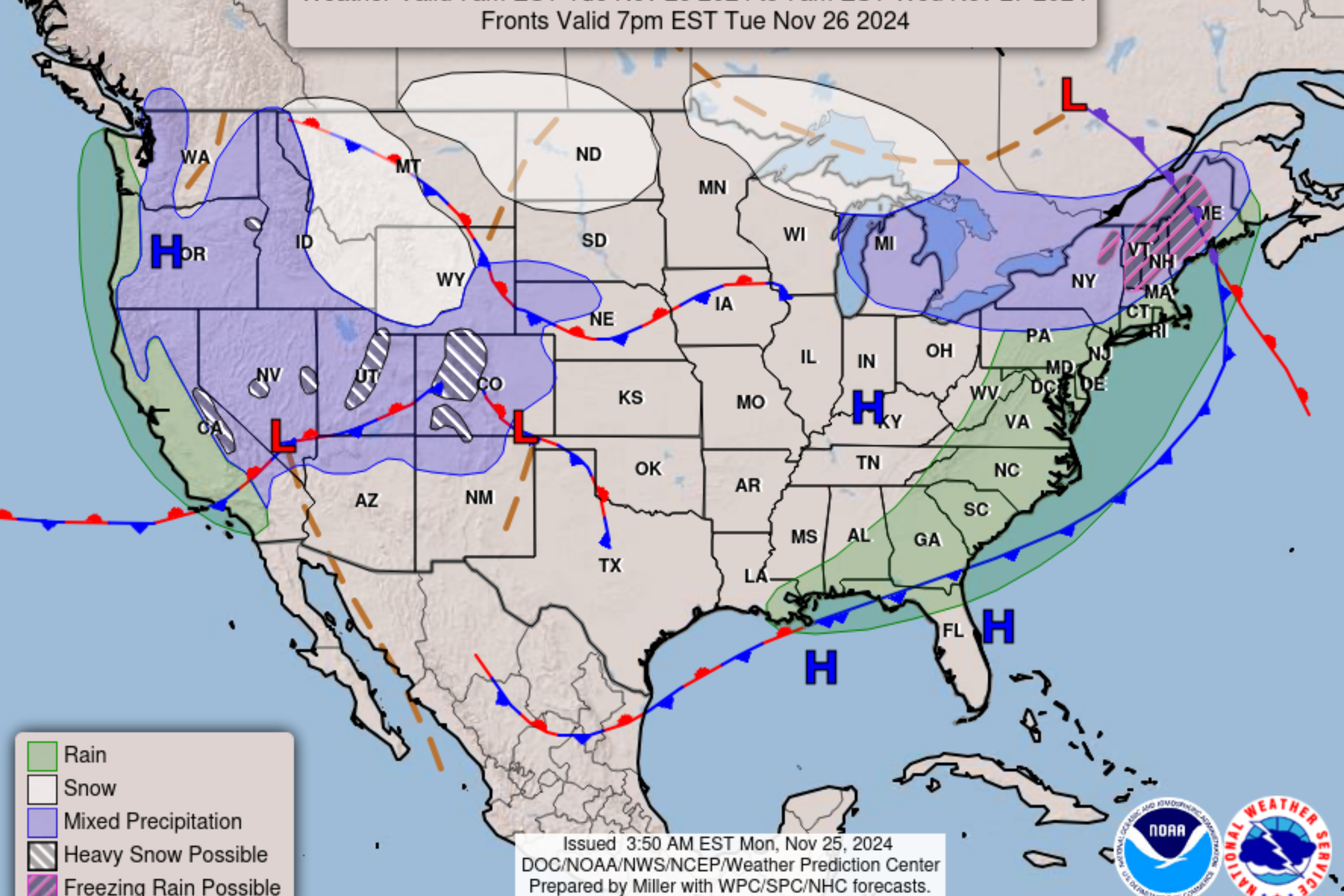Sports
Tampa Bay’s temperatures are rising. Can youth sports keep up?

TRINITY — During a round of sprints at an early evening club soccer practice, William Olver felt dizzy. His vision blurred.
It was 91 degrees outside. Heat radiated from the turf.
Olver, 15, told his coaches and a trainer, who instructed him to sit in the shade and drink electrolytes at the June practice.
He recovered quickly; he suspected he hadn’t been drinking enough water that day. But kids like him are among the groups most susceptible to heat illness, especially when they participate in sports and outdoor activities.
The average number of heat-related deaths each year in the U.S. has nearly doubled over the last decade, according the U.S. Centers for Disease Control and Prevention. Florida has some of the highest rates of hospitalization in the country due to heat illness, per the nonprofit Public Citizen and the Farmworker Association of Florida. And children’s bodies are less able to adapt to heat than adults, according to the U.S. Global Change Research Program.
In 2020, Florida adopted safety regulations around high school sports competitions, practices and workouts year-round, including the summer. This was in response to several heat-related deaths in high school sports — at least four high school football players in Florida died from heat illness in the last decade, according to a database compiled by the Louisville Courier Journal.
Those rules don’t apply, however, to leagues, clubs and camps, said Cheryl Holder, executive director of the group Florida Clinicians for Climate Action. There remains no state or local oversight for activities that aren’t conducted by high school sports teams, she said.
Holder wondered whether adults leading kids in outdoor activities, sports and at organizations like YMCAs would be able to pick up the slack.
“This is where the gap will be,” she said. “How prepared are those leaderships for what we’re facing with extreme heat, and understanding the impact?”
Summer clubs, camps make adjustments
Olver has played soccer all his life. He moved to Florida from Virginia when he was 8. He struggled his first few seasons in Florida because of the heat and mugginess.
Catch up on top stories before rush hour
Become a Times subscriber to get our afternoon newsletter, The Rundown
We’ll break down Tampa Bay’s biggest environment, politics, business, education and culture news every weekday
You’re all signed up!
Want more of our free, weekly newsletters in your inbox? Let’s get started.
The past two years have felt sweltering.
“It’s been pretty hot, especially when we’re doing conditioning,” he said. “It’s surprisingly a lot hotter than it has been.”
Tampa, St. Petersburg and other nearby cities are seeing record average temperatures. In June and July, temperatures in the low 90s can feel like triple digits because of the humidity.
Nathan Bender, the director of Olver’s club, Florida Premier FC, has altered training times as temperatures have risen. The girls’ elite teams practice early in the morning, and the boys’ teams late into the evening. This summer, he shortened sessions. He organized practice on grass fields whenever possible. He told his players to keep off the turf during the hottest hours, stay hydrated and get enough sleep and proper nutrition.
Even later in the day, temperatures can be dangerous. On July 10, for example, the heat index was 96 degrees at 7 p.m.
“The Florida heat is very unforgiving,” Bender said. “It’s definitely taken a toll.”
At summer sports leagues at the Spurlino Family YMCA in Riverview, executive director Jarrod Williams said they take breaks every 10 minutes and make drinking water part of the routine.
Enrollment for youth sports programs always drop from May to October, when temperatures rise, he said. The location’s numbers this year dropped from around 500 in the spring to 165 for the summer.
“It’s too hot,” he said parents told him. “We’re going to take the summer off.”
One recent afternoon at the Spurlino YMCA, children in summer camp huddled in the shade of an outdoor pavilion around a large “swamp cooler” that took in hot air and produced cool mist.
The location purchased five swamp coolers in April to prepare for the summer, Williams said. It doesn’t have an indoor gymnasium yet, so all sports are outdoors.
Andy Chee, a supervisor for one of St. Petersburg’s summer camps, has created his own “cool zones” at the Willis S. Johns Recreation Center.
Those spots are in the shade, and he set up fans that spray water that can lower the temperature as much as 15 degrees.
Half of the all-day camp, which runs from 7 a.m. to 6 p.m., is outdoors. The elementary and middle-school aged kids spend the time playing pickleball, basketball, football or other sports. Sometimes they get so engrossed in the game they forget about the heat, Chee said.
He has worked for St. Petersburg Parks and Recreation for 24 years.
“Ten years ago, you didn’t have to set up cooling stations — the temperature wasn’t as extreme,” he said. “Now, you go in the sun, stay outside for five minutes and you’re burning.”
‘Excruciating’ weather gets more intense
Seminole High School’s marching band in Pinellas County holds band practice throughout the summer.
In June, the band held practice regularly from 1 p.m. to 8 p.m. They are rehearsing for the New Year’s Day Rose Parade in California, where they are one of 20 bands from around the world selected to play. The practice schedule in July is even more grueling, sometimes spanning 12 hours.
The band spends the most scathing hours of the day indoors, preparing for “that two precious hours in the evening,” band director Gerard Madrinan said.
Normally, that’s 6 p.m. to 8 p.m. But one mid-June practice, Madrinan tried to squeeze in a 45-minute outdoor session around 4:15 p.m.
It was 92 degrees. No clouds hovered in the sky. About 15 minutes in, he called it quits.
“It was so excruciating,” Madrinan said.
The band is not regulated by state law because it’s considered a club, not a sport.
They take every precaution possible, said Madrinan. “Water duty parents” lug around orange Gatorade coolers on wagons, responsible for keeping every student’s water bottle filled. They’ve started to provide wet towels and frozen fruit in the past few years. All of that is covered by the band’s fundraising efforts, not the district.
They also take more breaks, sometimes every four to five minutes if it’s super hot.
Incoming senior Dillon Harris practices on the asphalt student parking lot with a 45-pound tuba.
“I’m sweating even if I’m wearing shorts and a T-shirt,” he said.
As temperatures intensify, so will the band’s practice regimen as they prepare for football season and fall competitions.
From mid-July until the start of school, camp days can last as long as 9 a.m. to 9 p.m. On those 12-hour days, six hours are spent indoors, four are spent outside and two are spent on breaks.
Madrinan has been involved with Seminole’s marching band for 30 years, as a player and then an instructor.
The first 20 years, he didn’t think about heat that much. Now it’s at the front of his mind. He worries about how he will maintain the band’s rigorous standards and keep the kids safe as it continues to get hotter.
The number of people in the U.S. exposed to “extreme heat” — a heat index of greater than 125 degrees — is expected to grow from 8 million to 107 million over the next three decades, according to data from the nonprofit First Street Foundation.
Florida is one of the states likely to see the greatest increase in dangerous days.
“The last 10 years, it’s been bitter,” Madrinan said. “It’s been just scathing, it’s been abrasive. The last five years have been extremely intense.”
He wonders how much more he will have to adjust.










